As January twilight paints Mexico City in gold, bakeries unveil their most anticipated creation of the year—the Rosca de Reyes, an elaborate crown-shaped sweet bread studded with jewel-like candied fruits and hiding a delicious secret within its folds. More than just a pastry, this Epiphany delicacy transforms every slice into a suspenseful game, where finding the hidden figurine means both honor and obligation.
The rosca (meaning "wreath") carries centuries of Catholic tradition blended with pre-Hispanic symbolism, its circular form representing a king's crown while the hidden muñeco (tiny doll) reenacts the hiding of baby Jesus from Herod's soldiers. From family breakfasts to office parties, this edible treasure hunt sweetens Mexico's holiday season with equal parts sugar and surprise.
The Dough That Tells Time
Creating authentic Rosca de Reyes demands patience worthy of the Three Wise Men's journey. Master bakers begin days before January 6th, fermenting a rich egg dough with orange blossom water and anise seeds—ingredients carried to Mexico on Spanish galleons. The dough undergoes multiple rises, developing a texture that balances fluffiness with enough structure to conceal its secrets.
Traditional recipes specify kneading by hand until the dough "sighs"—a barely audible exhale signaling perfect gluten development. Some bakeries still use century-old levadura (sourdough starter) passed down through generations, believing modern yeast can't replicate the complex flavors that develop during slow fermentation. The result is a bread with a golden crust that shatters delicately, giving way to a tender, almost brioche-like interior perfumed with citrus and spice.
The Hidden Theology
Nestled within the rosca's swirls lies its most famous element—small white plastic dolls representing the infant Jesus. Their placement follows careful calculation; too close to the surface risks premature discovery, too deep endangers teeth. The number varies by region—Mexico City versions might hide a dozen, while Oaxacan bakers often include just one.
Finding the muñeco carries dual meaning: the "winner" becomes designated host for February's Día de la Candelaria feast (providing tamales and hot chocolate), while also receiving blessings for the year. Some families substitute the dolls with porcelain figurines or silver charms, turning the bread into an edible lucky dip. The tradition sparks playful rivalries—adults strategically select outer slices to avoid responsibility, while children scour their portions with forensic intensity.
The Crown Jewels
What makes the rosca visually regal is its glittering adornment—candied fruits symbolizing the gems on the Magi's crowns. Mexican bakers use acitrón (candied biznaga cactus) for emerald-green cubes, ate (quince paste) for ruby-red rectangles, and crystallized figs for amber accents. The arrangement follows symbolic geometry: fruits placed in radial patterns represent the crown's rays, while pearl sugar mimics diamonds.
Modern health regulations have replaced traditional acitrón (now protected as an endangered species) with dyed pineapple or coconut, but the chromatic spectacle remains. The most prized roscas feature hand-cut fruit mosaics depicting crosses or stars—edible evidence of a baker's devotion and skill.
The Ritual of the Knife
Slicing the rosca follows ceremonial protocol. The bread is placed at the center of the table, often on hand-embroidered cloths depicting the Nativity. The host makes the first cut with a silver knife (symbolizing the Wise Men's gifts), then rotates the platter so each participant can select their segment.
Unlike Western cakes where slices are served, here everyone leans in simultaneously, fingers hovering over chosen portions like prospectors staking claims. The moment of discovery—a muffled "¡Lo tengo!" ("I got it!")—triggers cheers and good-natured teasing. Smart guests inspect their slices by lifting layers rather than biting blindly, though purists insist this violates the spirit of chance.
Regional Variations as Cultural Maps
Mexico's diverse states put unique spins on the rosca. Veracruz versions incorporate tropical flavors like coconut and mango into the dough, while Monterrey's are generously stuffed with cream cheese or cajeta (goat's milk caramel). In Puebla, bakers add rompope (eggnog liqueur) for richness, and Yucatán's feature achiote for earthy color.
The most dramatic difference lies in size—family-sized roscas measure about 30cm in Mexico City, while bakeries in Guadalajara create wagon-wheel-sized versions for office parties. Some artisan shops now offer miniature individual roscas, ensuring everyone gets their own hidden surprise without sharing the fiscal responsibility.
The February Payoff
Finding the muñeco initiates a month-long social contract. On February 2nd (Día de la Candelaria), the "chosen ones" must host a tamale feast, completing the holiday cycle. This tradition turns the rosca into a culinary time capsule—the January bread promising February's savory reward. Preparations become elaborate; some families save their dolls as invitations, presenting them to guests with mock solemnity.
The tamales served often reflect the rosca's flavors—sweet pineapple or raisin fillings echoing the candied fruits, or mole varieties mirrorring the bread's spice blend. This interplay between sweet and savory, between January's discovery and February's fulfillment, embodies Mexico's love for culinary continuity.
Modern Twists on Tradition
Contemporary Mexican chefs reimagine the rosca while respecting its essence. Upscale versions might hide artisan ceramic dolls or silver charms, while vegan adaptations use aquafaba instead of eggs. The "deconstructed rosca" trend presents the elements separately—sweet bread rolls with dipping sauces and a central plate of figurines to choose from.
Social media has birthed new rituals, with finders posting doll selfies using #TamalePromise. Yet the most innovative versions—like Oaxaca's chocolate-infused rosca or Baja's seafood-stuffed surprise—still require that fateful February tamale payment, proving some traditions won't bend.
The Economics of Epiphany
The rosca industry fuels Mexico's January economy. Bakeries hire temporary "doll stuffers," while candied fruit suppliers work year-round for six weeks of demand. Premium roscas can cost upwards of $100, their prices rising with the number of hidden figures (and thus potential tamale obligations).
Supermarkets report rosca sales surpassing Christmas cakes, and office managers strategically order extra-large versions to avoid HR complaints about unfair tamale duties. The bread's popularity has birthed related industries—specialty boxes to prevent crushing, DIY kits for home bakers, even insurance policies for those fearing excessive February hosting costs.
Preserving the Craft
As commercial bakeries dominate, grassroots efforts protect artisanal rosca-making. The Museo del Pan in Querétaro hosts January workshops teaching traditional kneading techniques. Elderly home bakers ("abuelitas de la rosca") are being documented by food anthropologists, their recipes preserved as cultural heritage. Some communities organize "rosca festivals" where master bakers compete for the most elaborate designs using pre-Hispanic ingredients like amaranth and chapulines (grasshoppers). These efforts ensure the bread remains a living tradition rather than a nostalgic relic—as vibrant and surprising as the hidden dolls within it.
To bite into a Rosca de Reyes is to participate in edible theater—where bread becomes adventure, obligation, and celebration rolled into one sweet spiral. In its candied fruits shine Mexico's colonial past, in its hidden dolls pulses present-day community, and in its February tamale promise lies the future of continued tradition. As families gather this Epiphany, knives poised over the glittering crown, they're not just cutting bread—they're slicing into a story that began with ancient star-gazers and continues through every "¡Ay, me salió el muñeco!" ("Oh no, I got the doll!").
So whether you're strategically selecting an end piece or boldly claiming the center slice, remember: the true magic of the rosca isn't just in finding the hidden treasure, but in the sweet obligations and shared laughter that follow. Feliz Día de Reyes—may your slice bring luck, your doll bring joy, and your February bring plenty of tamales to share.
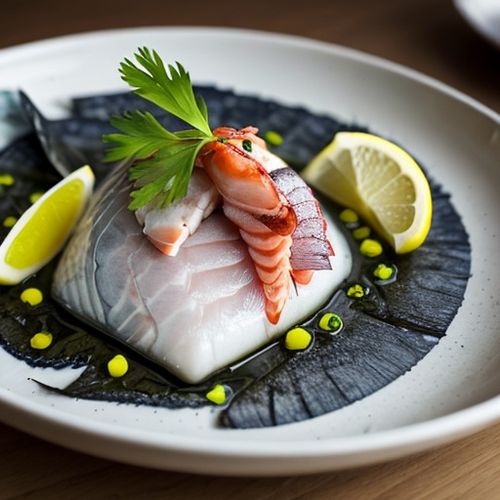
By James Moore/Mar 29, 2025
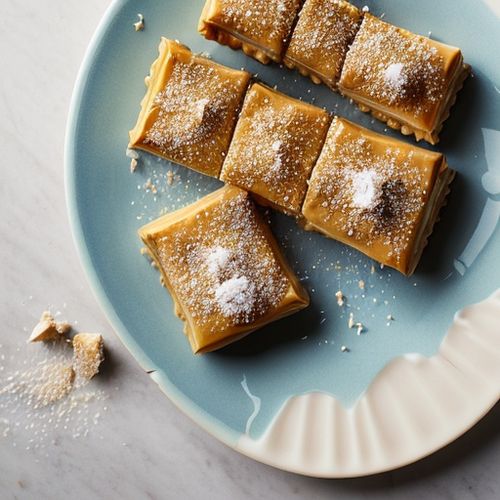
By Noah Bell/Mar 29, 2025
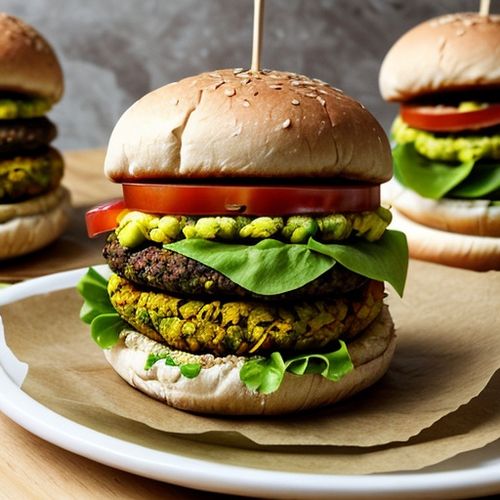
By Ryan Martin/Mar 29, 2025
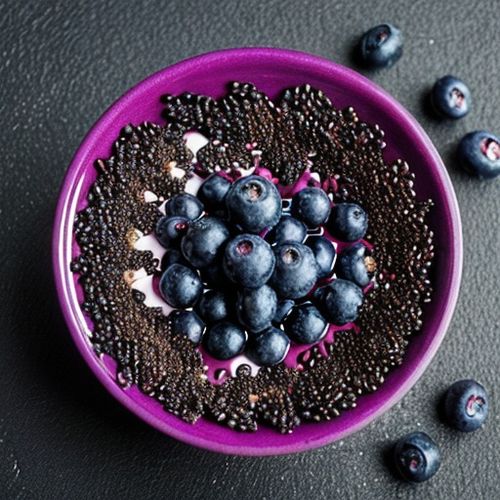
By Sarah Davis/Mar 29, 2025
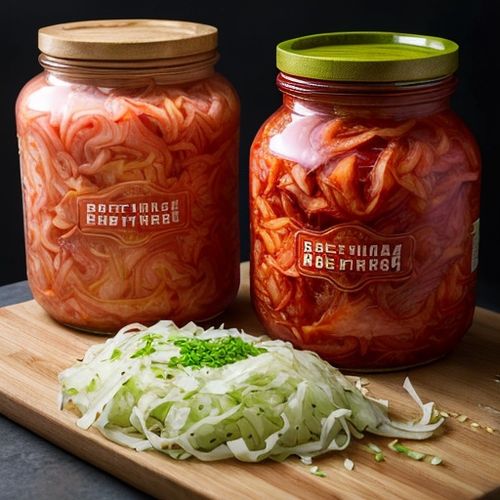
By William Miller/Mar 29, 2025

By Lily Simpson/Mar 29, 2025
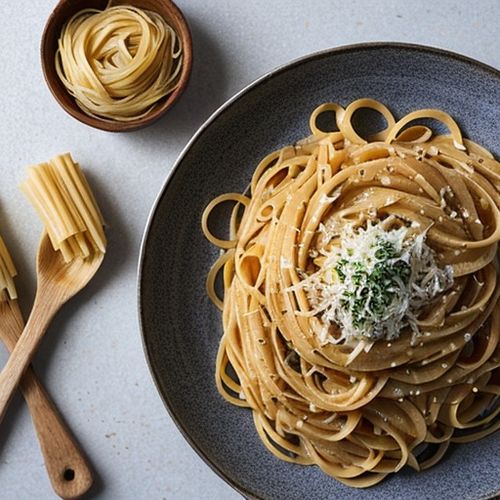
By William Miller/Mar 29, 2025
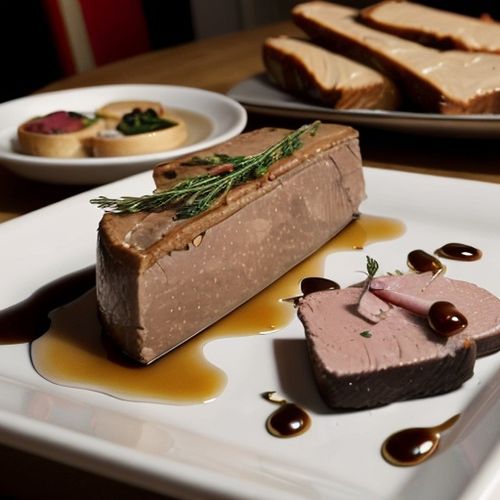
By Rebecca Stewart/Mar 29, 2025
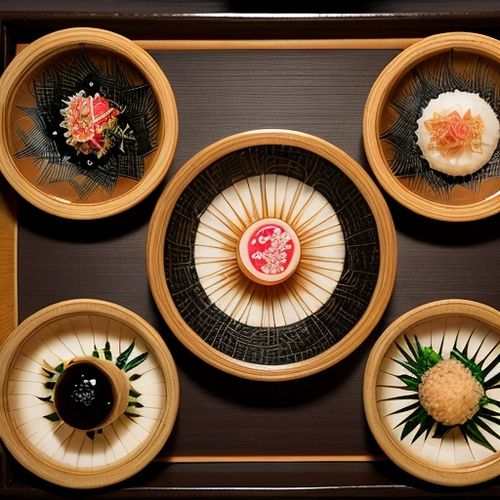
By Joshua Howard/Mar 29, 2025
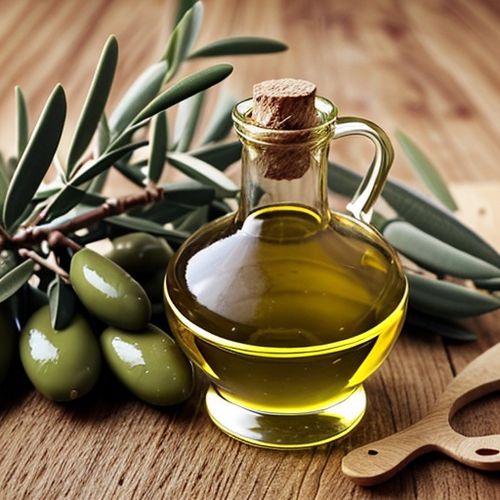
By Emily Johnson/Mar 29, 2025
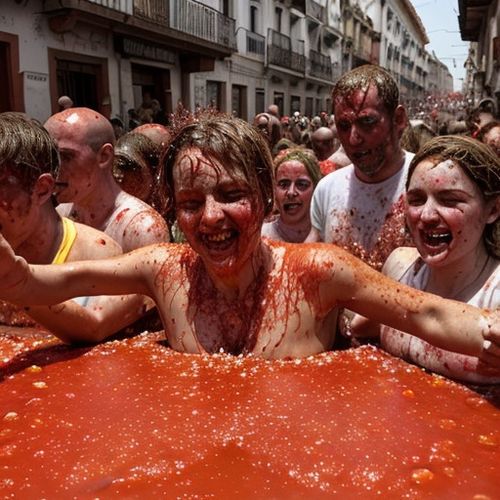
By David Anderson/Mar 29, 2025
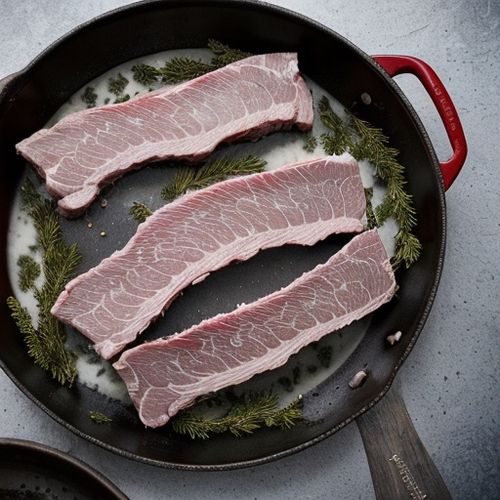
By Thomas Roberts/Mar 29, 2025
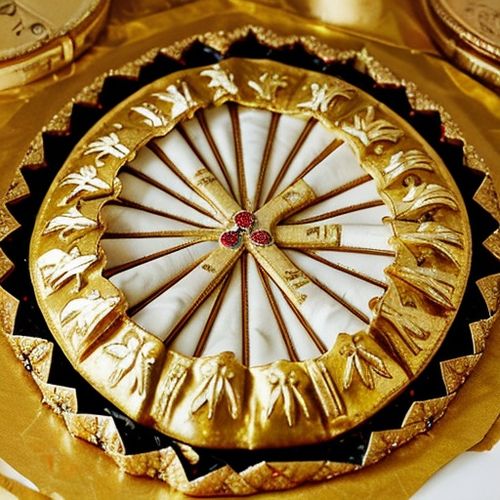
By Jessica Lee/Mar 29, 2025

By Amanda Phillips/Mar 29, 2025
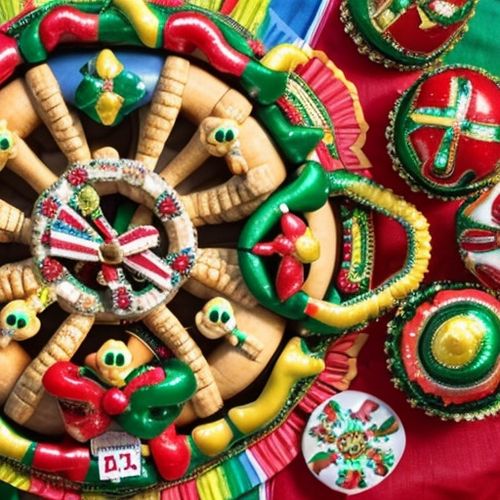
By Sophia Lewis/Mar 29, 2025
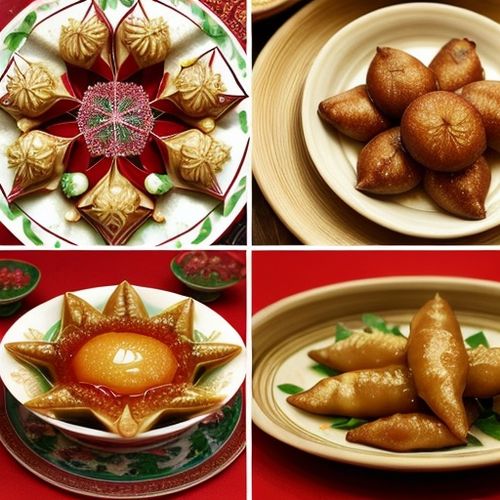
By Laura Wilson/Mar 29, 2025
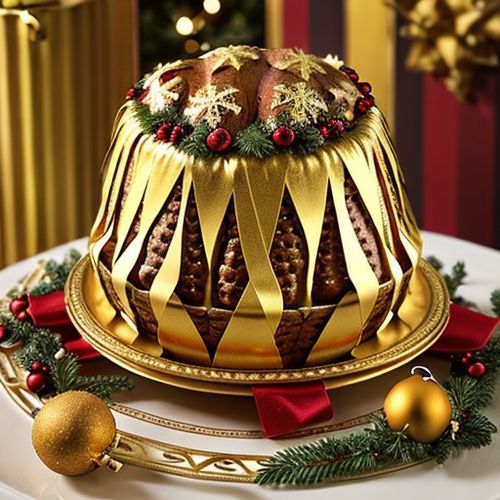
By Emma Thompson/Mar 29, 2025

By Samuel Cooper/Mar 29, 2025
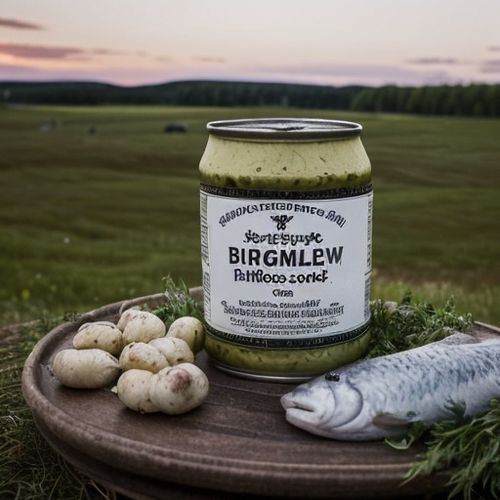
By Olivia Reed/Mar 29, 2025
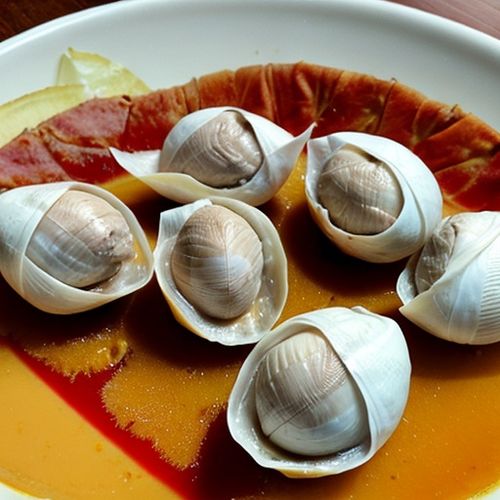
By Noah Bell/Mar 29, 2025